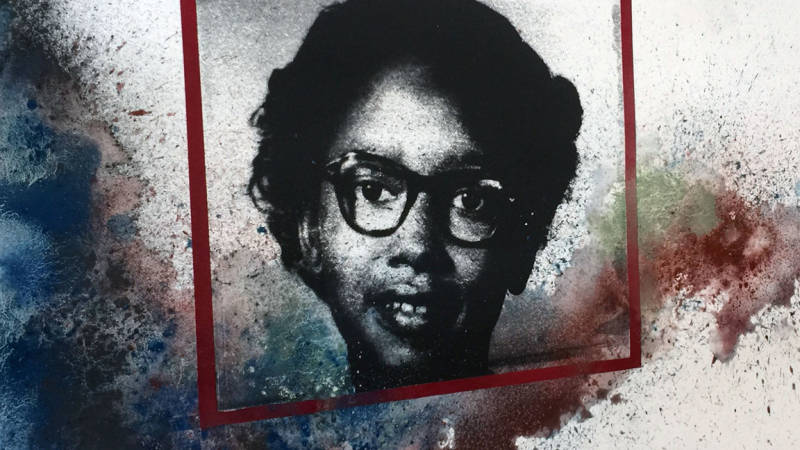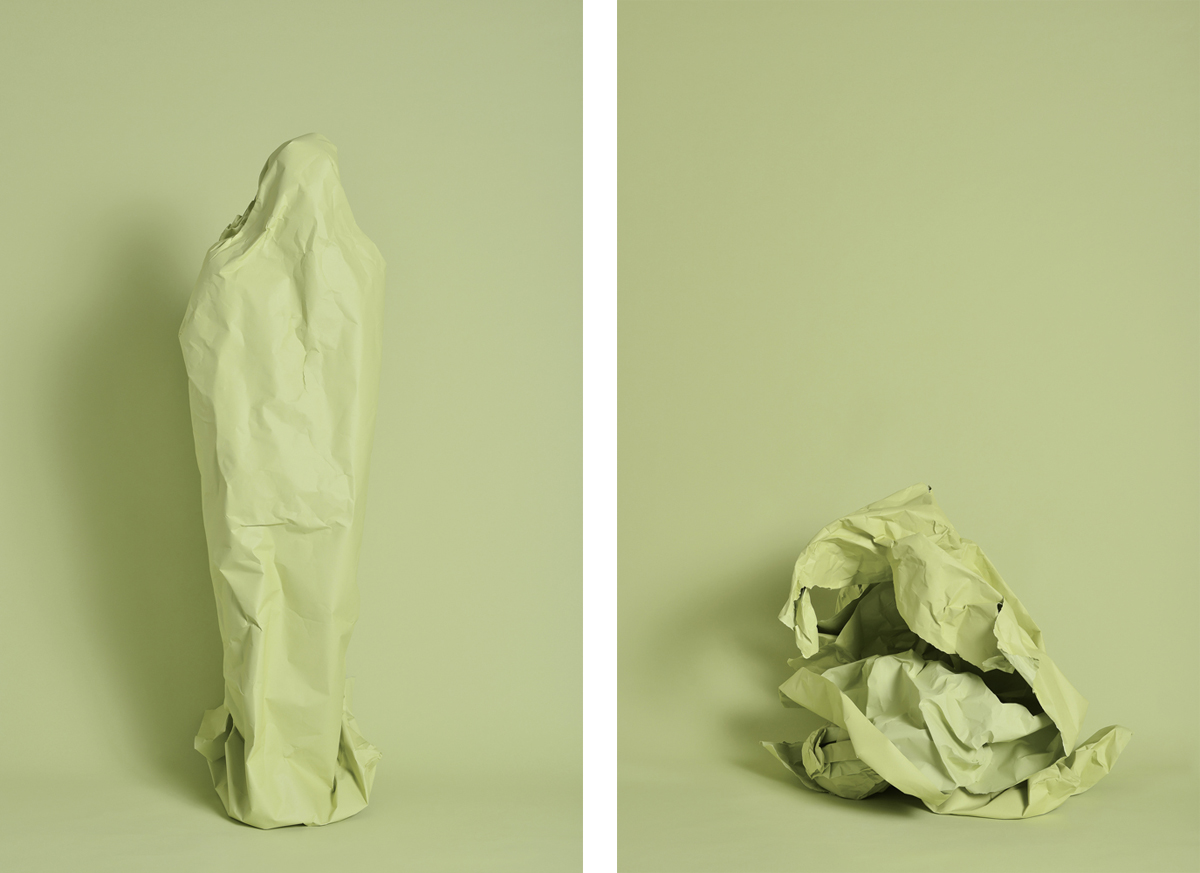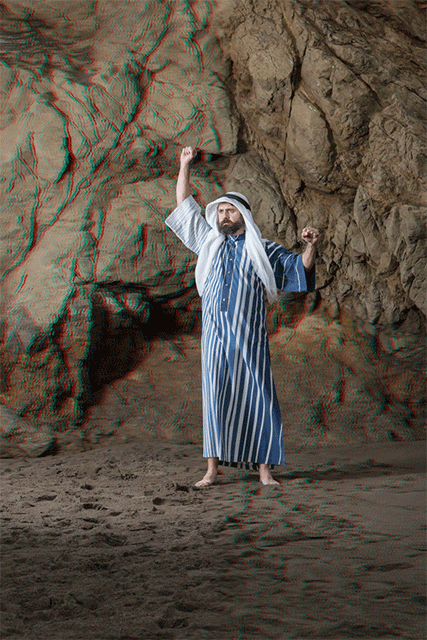Tucked into a grove of redwood trees, the Berkeley Art Center resembles a yoga studio far more than a contemporary arts venue. But if you enter the heptagonal building expecting to find asanas and sun salutations, Rodney Ewing and Jamil Hellu’s simultaneous solo exhibitions (despite being part of an ongoing series called “Agility Projects”) will provide you with none.
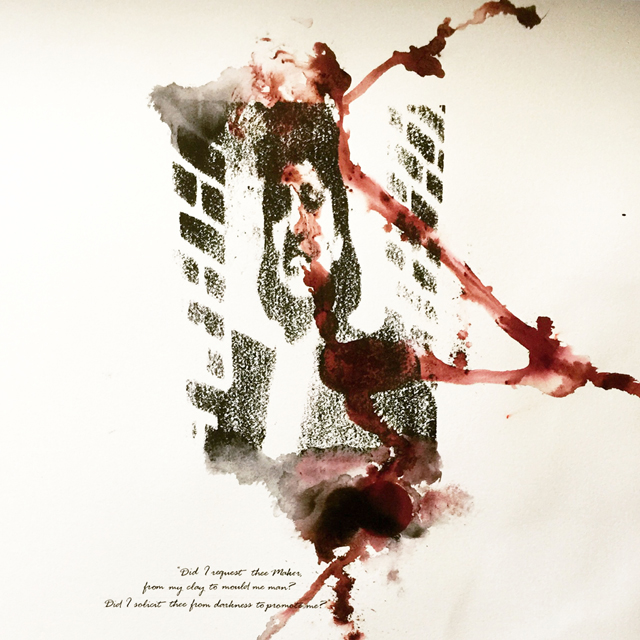
Rather than stretches, the Berkeley Art Center’s Agility Projects commission new works from local emerging artists. In this two-part presentation, Ewing’s projects Fact & Fiction and Cloud Jar occupy the left half of the gallery, and Hellu’s Present Tense occupies the right. Both are personal reflections on issues of cultural identity — tales told through works on paper, sculptural installation, photography and video.
Ewing’s Fact & Fiction is a series of eight works on paper that pairs images of important figures in Black American history with transcribed passages from works of fiction. In most, an abstract flow and pooling of pigment underlays the screenprinted faces and text. The colors splatter in large washes across the paper, connoting violence, sudden movement and irrevocable decisions. Ewing’s pairings are full of famous figures and little-known histories, bringing unexpected references into shared and powerful narrative combinations.
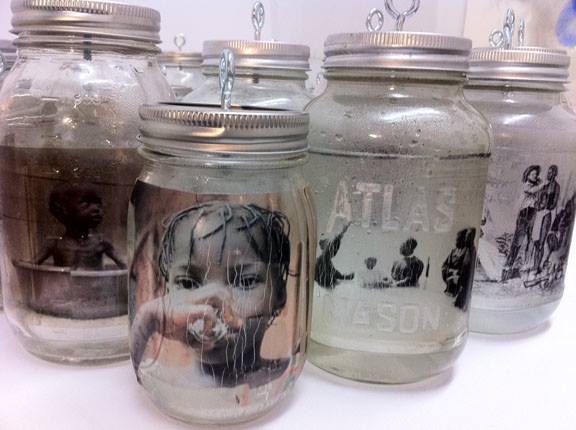
For Ewing, the juxtaposition of fact and fiction is an opportunity for the audience to gain a better understanding of his subjects. “These classic tales of the imagination are tools that frame these individuals as human beings who made decisions and may have been forced into events that we would all find challenging,” Ewing writes in a description of the series. “The fiction is meant to establish empathy and invite introspection upon the actions of these persons.”
His installation Cloud Jars / Rituals of Water, a hanging collection of mason jars filled with varying levels of not-always-clear water, traces the presence and absence of the substance throughout the African diaspora. From the Atlantic slave trade to droughts in Africa to the current crisis in Flint, Michigan, photo transfers wrapped around the jars’ exteriors provide ghostly references to a far-flung community’s complicated relationship to water.

Leaving Cloud Jars, Hellu’s exhibition begins with a projected video tucked behind a short wall. In The Day I Googled “Homemade Bomb”, Hellu appears with a plethora of household chemicals (Pine Sol, Aqua Net) taped around his head as he holds a bunch of lit sparklers, the “fuse” to his homemade bomb.
